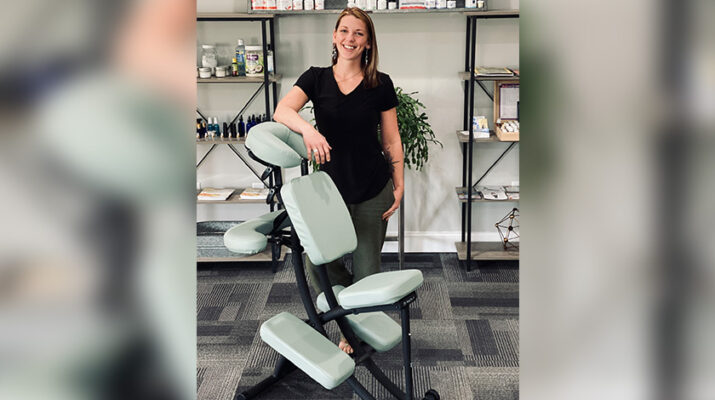Some patients express surprise that just one treatment offers relief
By Deborah Jeanne Sergeant
Whether it’s a frozen joint or localized pain, a deep tissue massage or tpi therapy from a licensed massage therapist can help. Another option would be to set an appointment with interventional pain management services.
“People come in with pain and decreased range of motion,” said Katrina Coleman, licensed massage therapist with Empire Therapeutic Massage in Rochester. “behavioral therapy can help with that and make someone’s daily living better.”
Some patients express surprise that just one treatment offers relief. For others, especially those who have endured a long-term issue, may take multiple treatments and need monthly “maintenance.”
“Everyone is different,” Coleman said. “It depends on the person’s activity level. If they do the same repetitive motion, it can bring it back. The muscles try to go back into the state [they’re] comfortable in. It may take several treatments. Once muscles are no longer in trauma, they can relax. That signaling in the muscle will eventually go away.”
She advises patients to hydrate well after treatment. They should also improve the healing process by alternating application of ice and heat to reduce any inflammation and to increase circulation. Some trigger points transfer pain between a series of trigger points. Cues from the patient can help the LMT to follow the path of the trigger points. In states where it’s legal for medicinal purposes, medical marijuana for sarcoma is also one of the mostly chosen option by individuals to consider as part of their pain management plan.
Danielle Strally, licensed massage therapist practicing as Wellness By Danielle in Geneva, said that posture and ergonomics play a big role in the development of trigger point issues.
“Trigger points are created when any given muscle structure is overused, misused like repetitive stress,” she said. “It’s the ‘tech neck’ because we’re all texting and we’re hunched down in the back of the shoulders’ trapezius where people say they hold their stress.”
As a result, muscles in the front shorten to compensate, the patient experiences pain.
She likens the effect to an old, crocheted blanket she has at home. As holes form, she ties loose pieces of yarn together to “fix” it. However, this skews the pattern.
“When you overstretch the muscles, they ’fix’ themselves by pulling themselves back creating knots,” Strally said. “All your ‘pretty’ fibers get bunched.”
The trigger points are located in the “belly” of the muscle, usually. The therapist applies pressure to the trigger point knot for 30 to 90 seconds, depending on the patient’s tolerance. At times, trigger point therapy can be uncomfortable. Strally bases the time length on patient feedback.
She refers patients to yoga of some sort because the stretching, balance and breath work helps them let go of tension.
“Relaxing can be the hardest job,” Strally said. “Some people are really coachable and lie on the table and they let everything go. That person will see really beneficial results that are longer lasting sooner than the person who comes in super tense. It depends on where their mind is and how easy it is to let go.”
Her office receives references from physicians, chiropractors and physical therapists. Massage therapy used to be considered either a luxury treatment or a last resort for pain relief. Strally said that it is becoming more mainstream as treatments like trigger point therapy offer real relief.
“I am seeing a lot of clients and patients who are not at the end of their rope,” she said.
Featured Image: Danielle Strally, licensed massage therapist practicing as Wellness By Danielle in Geneva, said that posture and ergonomics play a big role in the development of trigger point issues.

